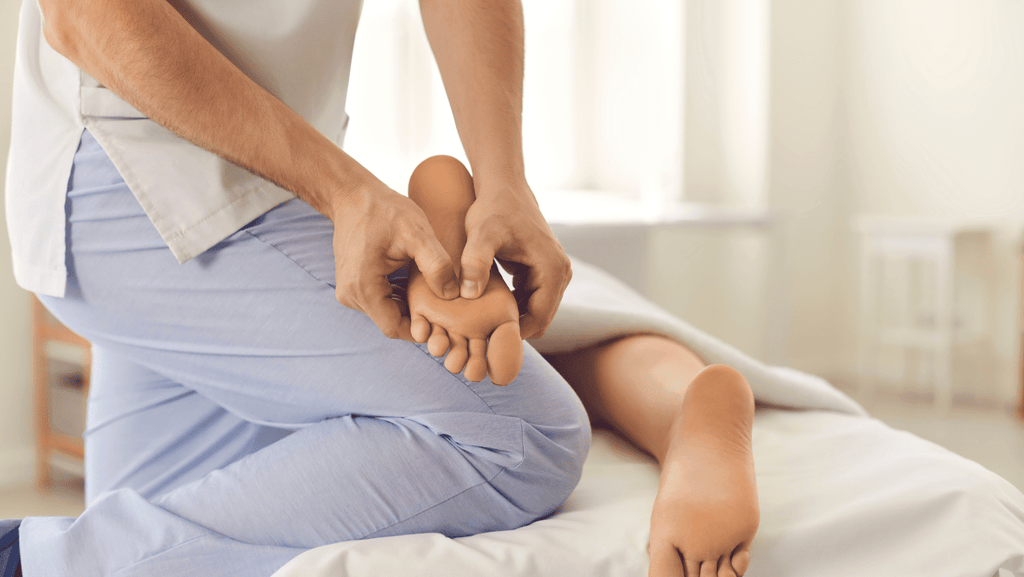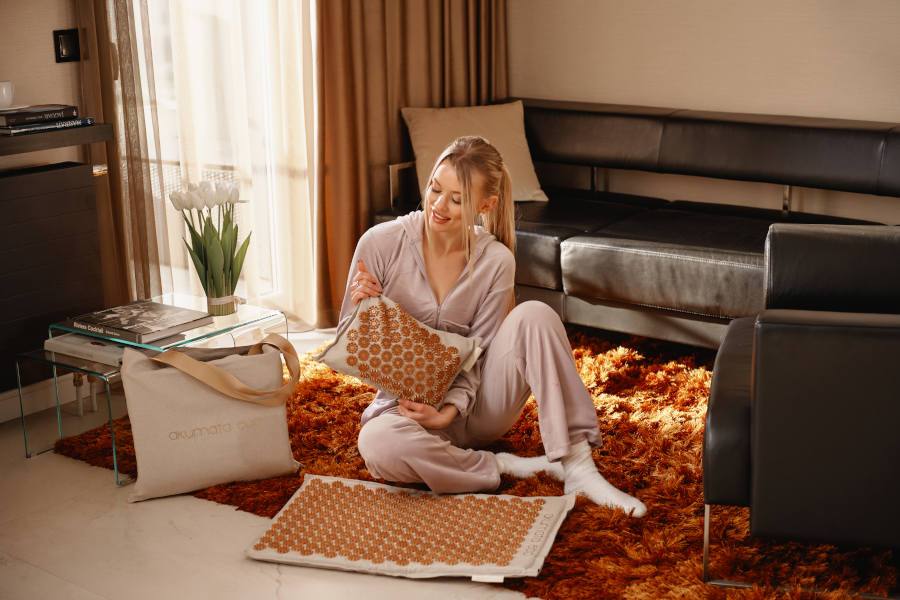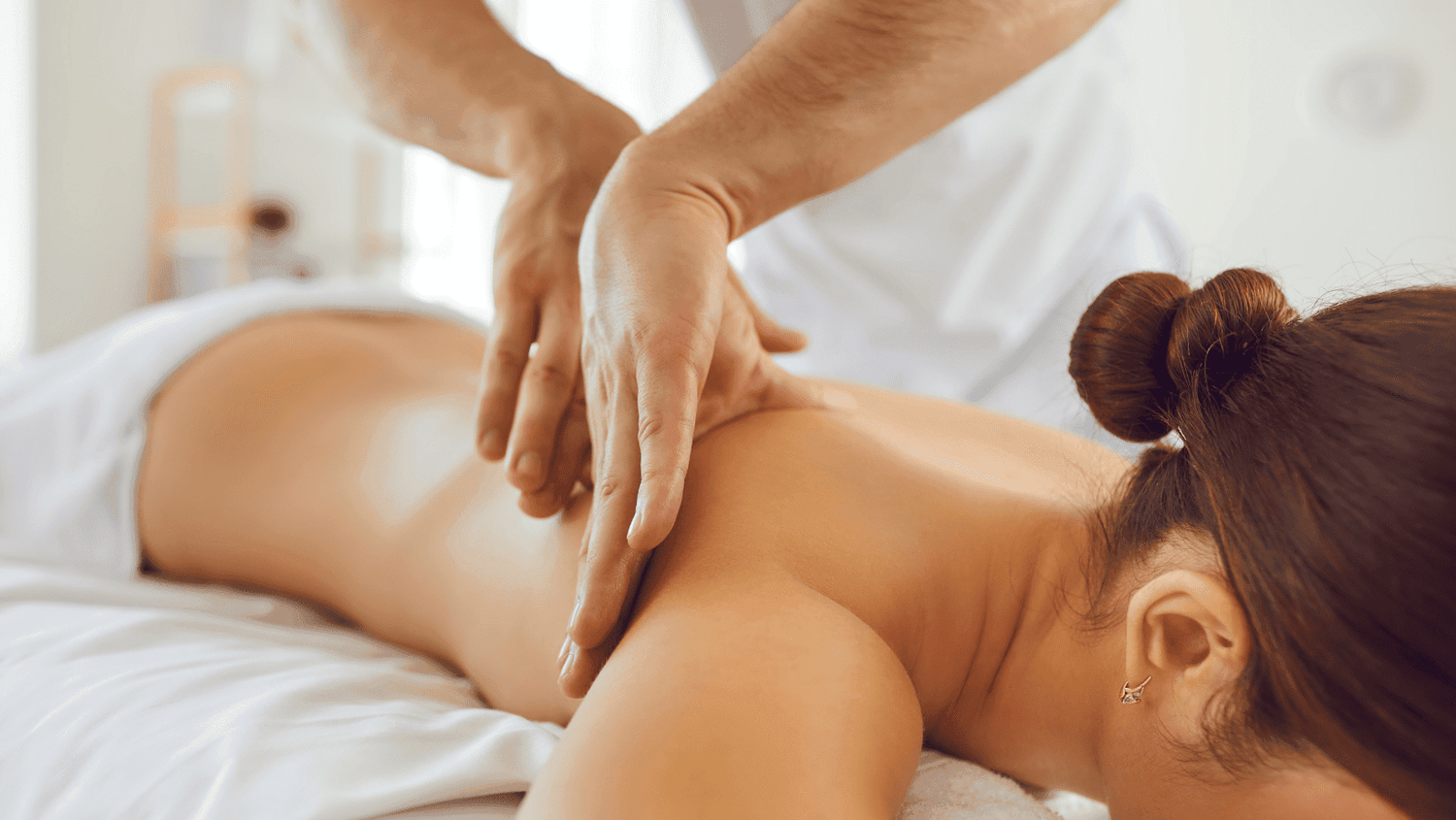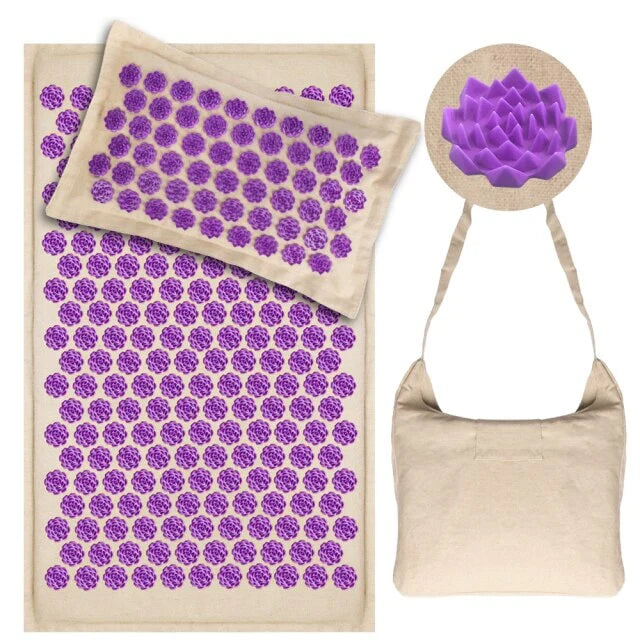In acupressure, the fingers are used to synchronize or stimulate the body's meridians, which are pathways for energy. Shiatsu, which translates to "finger pressure" in Japanese, is the original form. The meridians and pressure points are the same as in acupuncture, however it uses distinct stimulation techniques.
Chinese medicine had reached Japan by the 10th century AD, and it was at this time that Anma a combination of palm vibration, acupuncture, and massage began to take shape. Together with Tao Yin, Anma eventually evolved into a style that is very similar to modern shiatsu.

In Japan three or four hundred years ago, doctors were required to study Anma in order to become familiar with the human body, energy pathways, and pressure points in order to be able to diagnose a patient accurately and proceed to the most suitable course of treatment, such as acupuncture, herbal medicine, or manipulation. However, the Anma is gradually being restricted to the treatment of straightforward muscular tensions
Its use was confined to comfort and recreation at the turn of the 20th century. Modern shiatsu was developed in the early 20th century by the Japanese Tokujiro Namikoshi (1905-2000) [seen above at age 93]. When he was seven years old, he created his method while attempting to ease his mother's pain from rheumatoid arthriti.
When he applied pressure with his thumbs as opposed to touch and massage, he discovered that she felt better. She eventually recovered from her afflictions and lived to be 88 years old in excellent health.
 To make shiatsu more understandable to Westerners, Namikoshi abandoned the role of the meridians in favor of emphasizing physiology and anatomy. A second master, Shizuto Masunaga, revived the fundamentals of traditional Chinese medicine a few years later (the five elements, Yin and Yang, meridians, etc.)
To make shiatsu more understandable to Westerners, Namikoshi abandoned the role of the meridians in favor of emphasizing physiology and anatomy. A second master, Shizuto Masunaga, revived the fundamentals of traditional Chinese medicine a few years later (the five elements, Yin and Yang, meridians, etc.)
There are currently two primary schools of thought: Shizuto Masunaga Sensei's Zen-Shiatsu, which is more based on Chinese medicine, and Namikoshi Sensei's Shiatsu, where the practitioner simply utilizes his fingers and palms.
Shiatsu was given official recognition as a medical practice by the Japanese Ministry of Health in 1955, and the European Commission named it as one of the eight complementary medical practices that were accepted in its 15 member countries (Austria, Belgium, Denmark, France, Finland, Germany, Greece, Ireland, Italy, Luxembourg, the Netherlands, Portugal, Spain, Sweden, and the United Kingdom) in May 1997. Only Ontario and British Columbia in Canada recognize it legally.
Therapeutic applications

Shiatsu has favorable outcomes for both infants with diarrhea and seniors receiving palliative care. It energizes the entire body, releases stress and tension, encourages muscular tissue suppleness, and can help treat a wide range of disorders:
- Rheumatological (osteoarthritis, arthritis, lumbago, sciatic nerve, neck pain, torticollis);
- Gynaecological (morning sickness during pregnancy, postpartum care, menstrual cycle disorders);
- Psychological (nervous breakdown, anxiety, drug addiction, sexual disorders);
- Cardiac (angina pectoris);
- Respiratory (asthma, colds, sinusitis);
- Digestive (colitis, constipation, vomiting).
Shiatsu is also helpful for headaches, toothaches, bedwetting, nosebleeds, and insomnia.
Contraindications

Shiatsu, when administered by a qualified practitioner, is a preventive therapy that speeds up the body's natural healing process. It is not advised in situations requiring immediate medical attention, major surgery, acute inflammation, hemorrhage, malformation, decalcification, communicable skin infection, fever, severe heart illness, or any other life-threatening condition.
Pregnancy, hypertension, and epilepsy are three more conditions that call for extra safety measures.
In practice

Shiatsu is conducted on a person wearing light clothing devoid of metal (shoes, belts, suspenders, tight buttons, spectacles, jewelry) and other restrictions. Since the practitioner applies a sequence of pressures rather than gliding his or her hands along the skin, no massage oil is required.
The patient can be in a sitting or standing position in addition to lying on a futon on the floor or a small massage table.
The practitioner evaluates the patient at the initial consultation by touching, hearing, smelling, checking the tongue and pulse, and asking questions. He chooses which parts of the body to focus on initially and which places to stimulate based on his observations.

However, as the practitioner places his or her hands on the subject's body, he or she may read more information and decide to modify the originally intended operation as a result.
The subject's sole task during the session is to remain still! This is to not let your thoughts wander, to breathe deeply, and to refrain from trying to assist the practitioner by moving your limbs. It is difficult, but 50 minutes of successful letting go is a necessary component of treatment.
The practitioner measures the subject's energy pulse once more at the conclusion of the session to confirm the alterations. After that, the individual "comes back" to the present moment and location for a short while.








